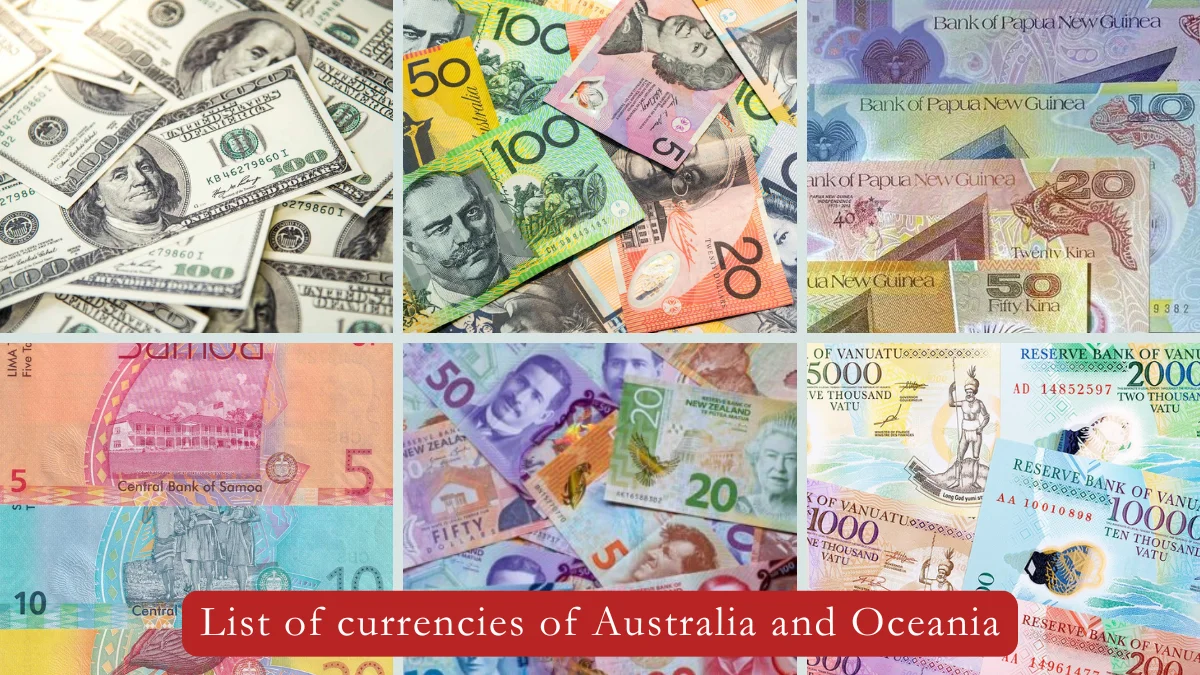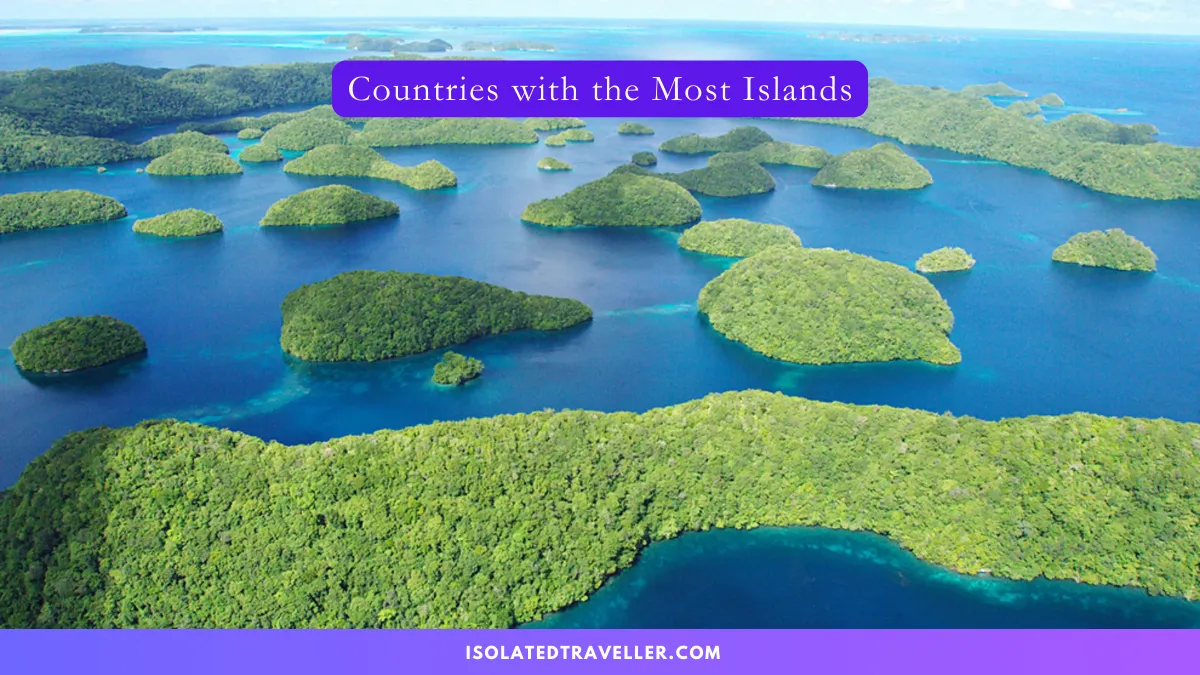There are 13 unique currencies in Oceania when considering those used across independent countries and territories.
The region of Australia and Oceania encompasses a vast collection of countries, islands, and territories, each with its unique culture, traditions, and economic systems.
The most-traded currency among the local currencies in Oceania is the Australian Dollar (AUD). It is highly liquid in global foreign exchange markets and is one of the top-traded currencies worldwide.
Following the AUD, the New Zealand Dollar (NZD) is also actively traded globally, though to a lesser extent. The NZD, commonly referred to as the “Kiwi Dollar,” benefits from New Zealand’s robust economic standing and close trading ties within the Asia-Pacific region.
The AUD is among the top five most traded currencies worldwide, reflecting its significant role in international finance, while NZD ranks within the top ten most traded currencies.
The least-traded currencies are generally those used by smaller island nations, which have limited trade volumes, smaller populations, and economies that often rely on tourism, agriculture, and remittances. Among these, the Vanuatu Vatu (VUV), Tongan Paʻanga (TOP), Samoan Tala (WST), and Kiribati and Tuvalu Dollars are among the least-traded.
| Country | Currency | ISO-4217 | Symbol |
|---|---|---|---|
| A | |||
| American Samoa | United States Dollar | USD | $ |
| Australia | Australian Dollar | AUD | $ |
| C | |||
| Caribbean Netherlands | United States Dollar | USD | $ |
| Christmas Island | Australian Dollar | AUD | $ |
| Cook Islands | Cook Islands Dollar | CKD | $ |
| F | |||
| Fiji | Fijian Dollar | FJD | $ |
| French Polynesia | CFP Franc | XPF | Fr |
| G | |||
| Guam | United States Dollar | USD | $ |
| K | |||
| Kiribati | Australian Dollar | AUD | $ |
| M | |||
| Marshall Islands | United States Dollar | USD | $ |
| Micronesia | United States Dollar | USD | $ |
| N | |||
| Nauru | Australian Dollar | AUD | $ |
| New Caledonia | CFP Franc | XPF | Fr |
| New Zealand | New Zealand Dollar | NZD | $ |
| Niue | New Zealand Dollar | NZD | $ |
| Norfolk Island | Australian Dollar | AUD | $ |
| Northern Mariana Islands | United States Dollar | USD | $ |
| P | |||
| Palau | United States Dollar | USD | $ |
| Papua New Guinea | Papua New Guinean Kina | PGK | K |
| Pitcairn Islands | New Zealand Dollar | NZD | $ |
| S | |||
| Samoa | Samoan Tala | WST | T |
| Solomon Islands | Solomon Islands Dollar | SBD | $ |
| T | |||
| Timor-Leste | United States Dollar | USD | $ |
| Tokelau | New Zealand Dollar | NZD | $ |
| Tonga | Tongan Paanga | TOP | T$ |
| Transnistria | Transnistrian Ruble | PRB | р. |
| Tuvalu | Australian Dollar | AUD | $ |
| V | |||
| Vanuatu | Vanuatu Vatu | VUV | Vt |
| W | |||
| Wallis And Futuna | CFP Franc | XPF | Fr |
The currencies of Australia and Oceania reflect the region’s economic diversity and unique challenges. While major players like the Australian and New Zealand Dollars enjoy strong positions in the global financial markets, many smaller island nations rely on non-convertible or limited-use currencies closely tied to larger, stable currencies.

FAQ and Information
What is ISO-4217?
ISO 4217 is an international standard for currency codes maintained by the International Organization for Standardization (ISO). It assigns unique three-letter codes to currencies, allowing consistent representation of money across countries and financial institutions. Each code has the format of two letters from the country’s ISO 3166-1 alpha-2 country code, followed by one character representing the currency unit. Learn more about ISO 4217
How many currencies are there in the world?
There are 180 currencies that are recognized as legal tender in the world: In the United Nations (UN) member states, In UN General Assembly non-member observer states, In partially recognized or unrecognized states, and In their dependencies.
Each currency has its unique symbol. Some countries use more than one currency. e.g. $, £, K, FR




